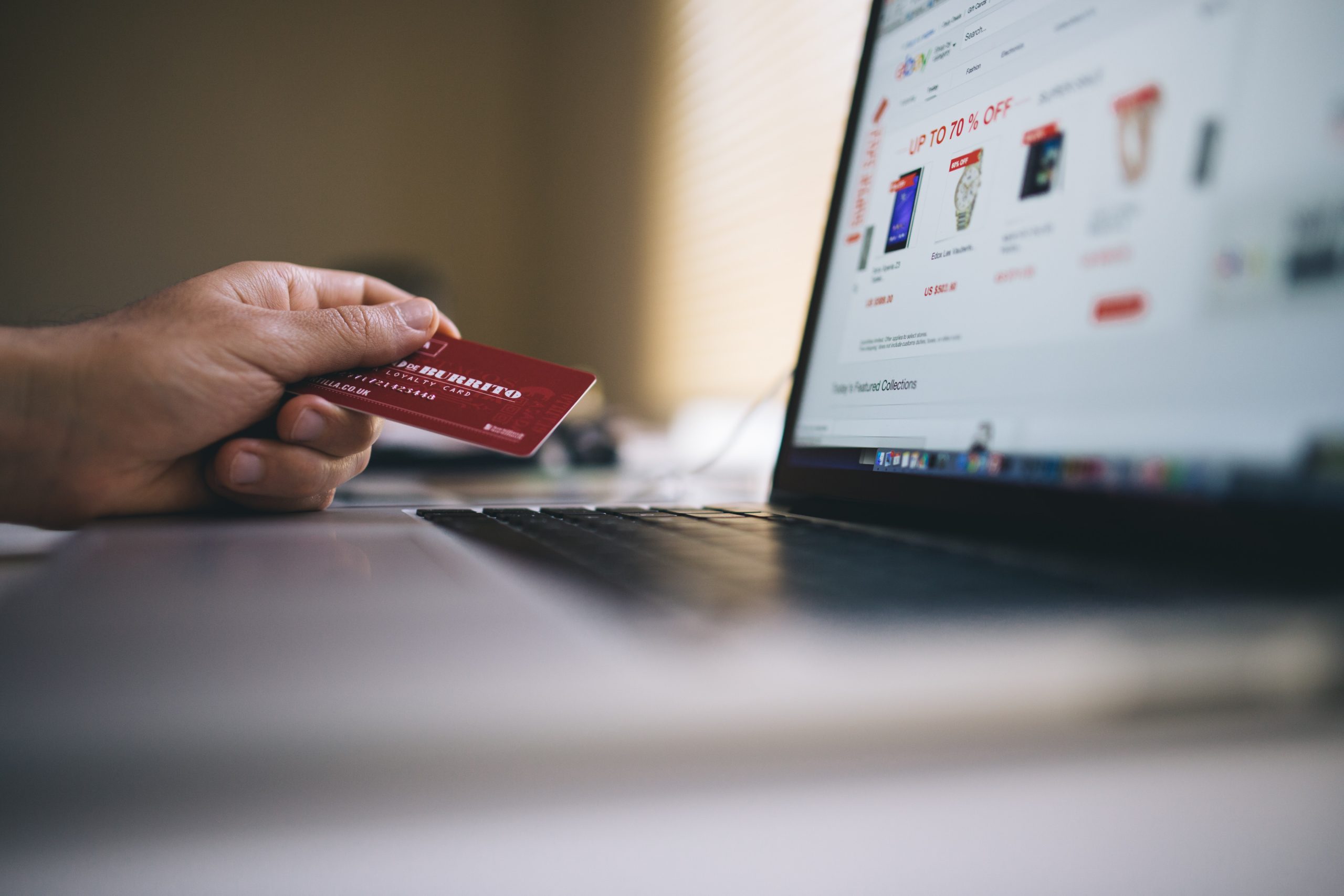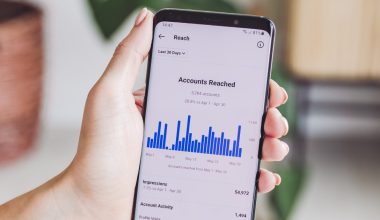In a world where abundance and accessibility seem to be the prevailing norm, scarcity has emerged as a powerful tool for businesses seeking to capture consumer attention and drive up sales. The principle of scarcity taps into our innate fear of missing out and leverages limited availability to create a sense of urgency and desire. From limited edition fashion collections that sell out within minutes to exclusive drops of highly coveted tech gadgets, the scarcity principle has proven time and again its ability to fuel consumer frenzy. In this article, we will explore six compelling examples of how product scarcity can not only generate buzz but also significantly boost sales for businesses across various industries.
Understanding the power of scarcity in sales
Have you ever noticed how the popularity of limited edition items skyrocket as soon as they hit the market? The power of scarcity is a force to be reckoned with when it comes to driving sales. When consumers perceive a product to be in limited supply, their desire for it increases exponentially. This psychological phenomenon is deeply ingrained in human nature – we want what we can’t have.
Scarcity taps into our fear of missing out (FOMO) and triggers a sense of urgency to act quickly before the opportunity disappears. Think about how ticket sales for concerts or sporting events reach a fever pitch when there are only a few seats left. People are willing to pay premium prices just to secure their spot in the crowd. By strategically creating scarcity for your products, you can tap into this primal instinct and fuel demand like never before.
But here’s where things get interesting: scarcity doesn’t just apply to physical products or time-limited offers. It can also be created through exclusive membership programs or invitation-only access. The allure of being part of an exclusive club drives individuals to pursue membership even more fervently. This exclusivity not only creates a sense of value but also builds loyalty among customers who feel privileged to have earned their place at the table.
In conclusion, understanding the power of scarcity is key when it comes to boosting sales.

Definition: Explaining the scarcity principle in marketing
At its core, the scarcity principle in marketing revolves around creating a perception of limited availability or exclusivity to increase demand and drive sales. By leveraging the psychology of scarcity, marketers can tap into our innate fear of missing out (FOMO) to push us towards making a purchase decision. This principle operates on the simple belief that when something is scarce, it becomes more valuable and desirable.
One way marketers often use the scarcity principle is by introducing limited-time offers or promotions. Whether it’s a flash sale that lasts for only 24 hours or a discount code that expires at midnight, these time-limited deals create a sense of urgency and prompt consumers to act quickly for fear of losing out on a great deal. Additionally, limited stock or supply can also be used to invoke scarcity. When customers see phrases like only 10 left in stock or limited edition, they are more likely to make a purchase before the item runs out.
The effectiveness of the scarcity principle lies not only in its ability to create urgency but also in the social proof it generates. When we see others scrambling to secure what seems like an exclusive product or offer with limited availability, it triggers our desire for social validation and acceptance. We want what others want, especially if it seems hard to get. Marketers understand this inherent need for belonging and capitalize on it by strategically implementing scarcity tactics in their promotional campaigns.
Social proof: How limited availability creates demand
Social proof is a powerful psychological concept that plays on our natural tendency to conform to the actions of others. When something is perceived as being in limited supply, it triggers a sense of urgency and exclusivity in our minds. This scarcity principle taps into our fear of missing out and creates a heightened desire to possess or participate in whatever is being offered.
Limited availability can create an atmosphere of competition among consumers, as they scramble to be one of the few who get their hands on the item or opportunity. It also signals that the product or service must be highly sought after if it’s running out so quickly. This can lead potential customers to question whether they too should be buying, booking, or joining before it’s too late.
By utilizing strategies such as countdown timers, limited edition releases, or flash sales with limited quantities available, businesses can effectively leverage social proof and create a sense of demand for their products. The perception of scarcity fuels consumer behavior and drives conversions by tapping into our innate desire for exclusivity and fear of missing out on something valuable. Remember: when there are only a few items left or limited time remaining, people feel compelled to take action before it’s too late.

Time-based scarcity: Urgency through limited-time offers
One powerful way to create urgency and increase sales is by introducing time-based scarcity through limited-time offers. By setting a specific deadline for customers to take advantage of a discount or promotion, you tap into their fear of missing out (FOMO). When people believe they only have a limited window of opportunity to get something valuable, it triggers an immediate response that compels them to take action. This sense of urgency can be incredibly effective at driving conversions and boosting sales.
Time-based scarcity works particularly well when combined with exclusive offerings or limited edition products. For example, offering a special edition item in a strictly limited quantity creates an instant desire among consumers who want to be part of the select few who own it. Additionally, by attaching a deadline to the offer, you heighten the perceived value and desirability even further. Customers realize they may never get another chance to purchase this unique product unless they act now. As a result, they are more likely to make quick decisions and complete their purchase before the opportunity slips away.
The strategy of utilizing time-based scarcity is not new, but it remains highly effective in motivating buyers. By creating urgency through limited-time offers, businesses can leverage customers’ fear of missing out and drive higher conversion rates. The key lies in communicating the exclusivity and time-limited nature of the offer effectively while also delivering on the promised value or uniqueness associated with it.
Quantity-based scarcity: Creating demand through limited supply
One of the most effective ways to create demand for a product is by leveraging quantity-based scarcity. By limiting the supply of a product, businesses are able to tap into our innate fear of missing out (FOMO) and create a sense of urgency among consumers. This principle has been successfully used by companies like Apple with the launch of their limited edition iPhones, creating long waiting lines at stores and driving up demand.
The concept behind quantity-based scarcity is simple: when something is scarce or in limited quantities, it becomes more valuable in the eyes of consumers. This scarcity triggers our psychological need to possess rare or exclusive items, making us willing to pay a premium price or take immediate action before the product runs out. Thus, businesses can justify higher prices and increase profitability while capitalizing on consumer desire for unique products.
However, it’s important for businesses to strike a balance between scarcity and alienating potential customers. While limited supply can drive up demand, overly restricted access may lead to frustration and backlash from consumers. To effectively use quantity-based scarcity as a marketing strategy, businesses must carefully assess the market demand and align it with their production capabilities. This requires accurate forecasting techniques and strategic planning to avoid disappointment among customers who miss out on purchasing the product due to limited availability.
Overall, quantity-based scarcity can be a powerful tool in creating demand for products.

Exclusivity: Using exclusivity to drive sales
Exclusivity is a powerful tool when it comes to driving sales. By offering limited edition or exclusive products, you create a sense of urgency and FOMO (fear of missing out) among potential customers. This scarcity can transform a regular product into something highly desirable and sought after.
One effective way to use exclusivity to boost sales is by creating limited edition collaborations with well-known influencers or celebrities. The association with these popular figures elevates the perceived value of your product, instantly making it more desirable. Additionally, by having a limited quantity available, you tap into the psychological principle of scarcity, triggering customers to take immediate action and make a purchase.
Another strategy for leveraging exclusivity is through membership or subscription-based models. By offering exclusive benefits such as early access to new products, personalized recommendations, or VIP events, you create a sense of belonging and prestige for your customers. This not only drives sales but also cultivates loyalty and encourages repeat purchases.
In conclusion, exclusivity can be an incredibly effective method for driving sales. Whether through limited edition collaborations or membership programs that offer exclusive perks, tapping into the power of scarcity can create buzz around your brand and push customers towards making a purchase decision sooner rather than later. So don’t underestimate the impact that exclusivity can have on your sales strategy – harness its power and see how it transforms your business.
Fear of missing out (FOMO): Leveraging FOMO to boost sales
Fear of missing out (FOMO) has become a powerful psychological force in our connected world. It’s that nagging feeling we get when we see others experiencing something exciting or exclusive, and we fear being left out. Savvy marketers have recognized the potential of FOMO to drive sales and have leveraged it effectively.
One effective way to leverage FOMO is through limited-time offers. By creating a sense of urgency, customers are more likely to make a purchase for fear of missing out on a great deal. This could be in the form of flash sales, countdown timers on websites, or limited stock availability.
Another way to tap into FOMO is through social proof. When customers see others raving about a product or service, they want to be part of the experience as well. It’s human nature to want what others have, especially if it seems like everyone else is jumping on the bandwagon.
By understanding the power of FOMO and implementing strategies that tap into this desire for exclusivity and belongingness, businesses can boost their sales significantly. Whether it’s creating a sense of urgency with limited-time offers or leveraging social proof, harnessing this fear can lead to increased conversions and ultimately drive business growth. So next time you’re crafting your marketing strategy, consider how you can capitalize on FOMO – after all, everyone wants to be part of something special!
Conclusion: Harnessing the power of scarcity for increased sales
In conclusion, harnessing the power of scarcity is a potent strategy that can significantly increase sales for any business. By creating a sense of urgency and exclusivity, companies can tap into the psychological principle of scarcity to create a heightened desire for their products or services.
One way to implement this strategy is by using limited-time promotions or flash sales. By offering discounts or special offers for a limited period, businesses are able to create a sense of urgency in customers, pushing them to make a purchase before it’s too late. This tactic not only stimulates immediate sales but also encourages repeat purchases as customers fear missing out on future opportunities.
Another approach is through the use of limited edition products. Whether it’s releasing a new line with only a limited stock available or collaborating with renowned artists on exclusive designs, creating scarcity around certain items elevates their perceived value. By making these products more elusive and desirable, companies are able to attract devoted fans and enthusiasts who are willing to pay premium prices.
Harnessing the power of scarcity requires careful planning and execution, but its potential rewards make it an invaluable tool in increasing sales. By leveraging limited-time promotions and creating exclusive products, businesses can tap into consumers’ innate fear of missing out and turn it into increased revenue. So don’t underestimate the impact that scarcity can have on your sales – embrace its power and watch your business thrive.





